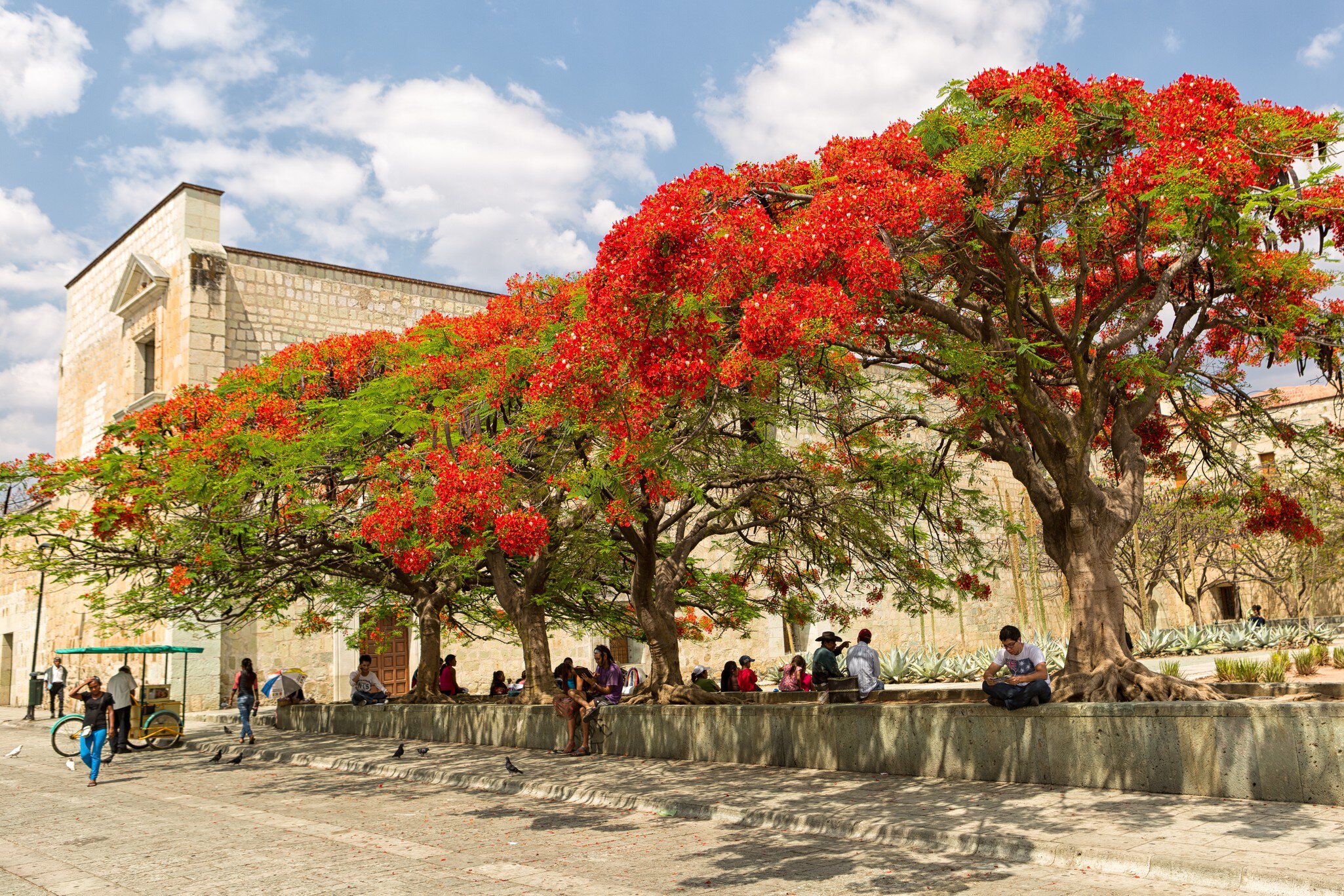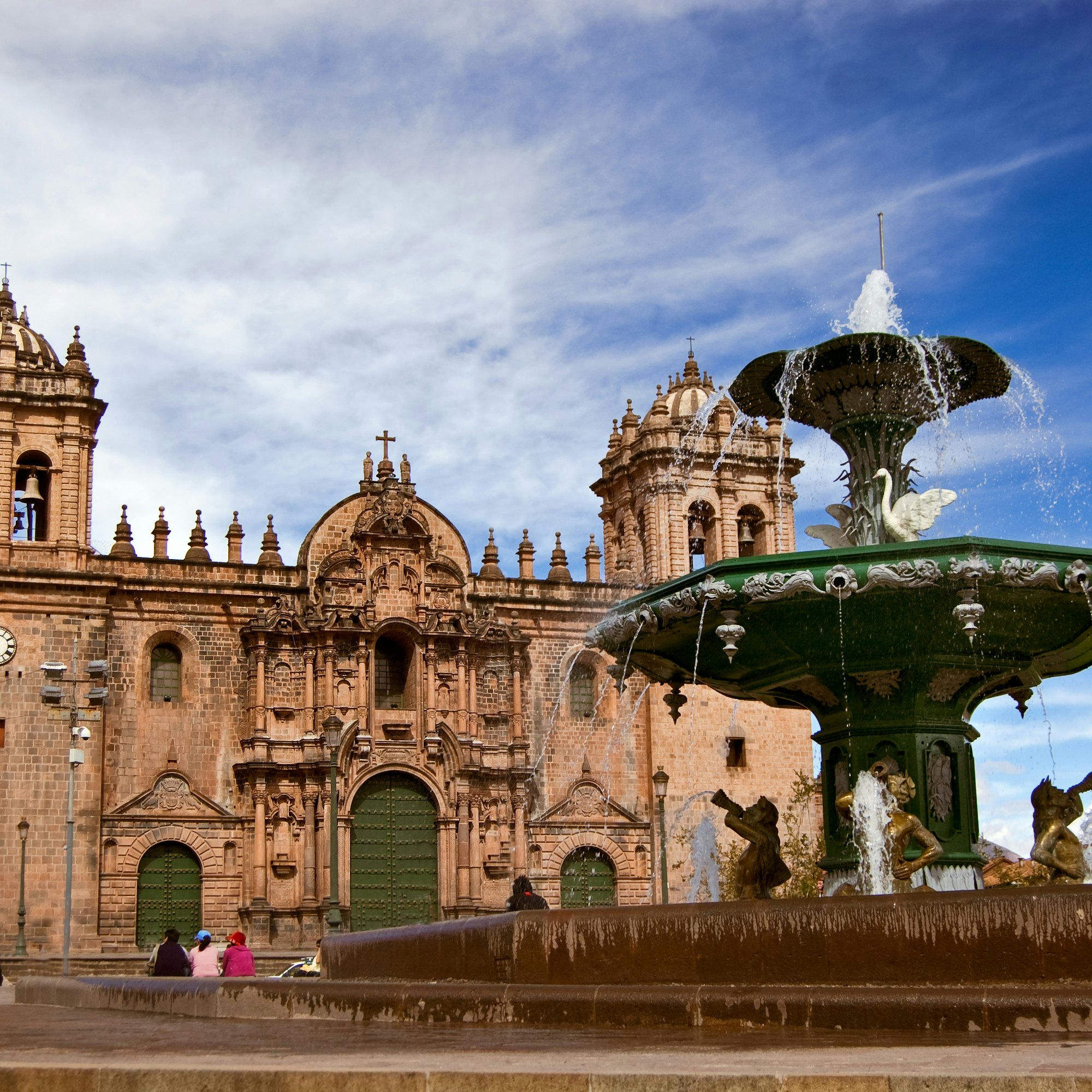

Getty Images/Hemis.fr RM
Overview
For Incas, Cuzco was the belly button of the world. A visit to this city and its nearby ruins tumbles you back into the cosmic realm of ancient Andean culture – knocked down and fused with the colonial imprint of Spanish conquest, only to be repackaged as a thriving tourist center. The capital of Cuzco is only the gateway. Beyond lies the Sacred Valley, Andean countryside dotted with villages, high-altitude hamlets and ruins linked by trail and railway tracks to the continent's biggest draw – Machu Picchu.
Lonely Planet's Recommended eSIM
Stay connected in Cuzco & the Sacred Valley
Saily is an affordable eSIM service that helps you stay connected and secure, anywhere in the world.
Must-see attractions
Get a book. Get inspired. Get exploring.
in partnership with getyourguide

















